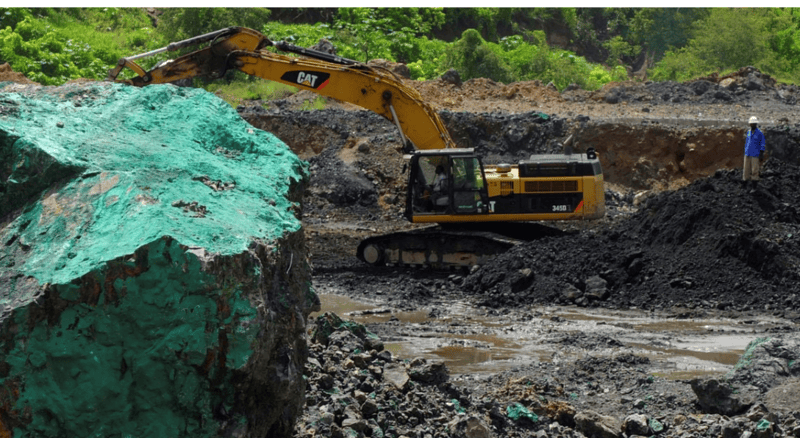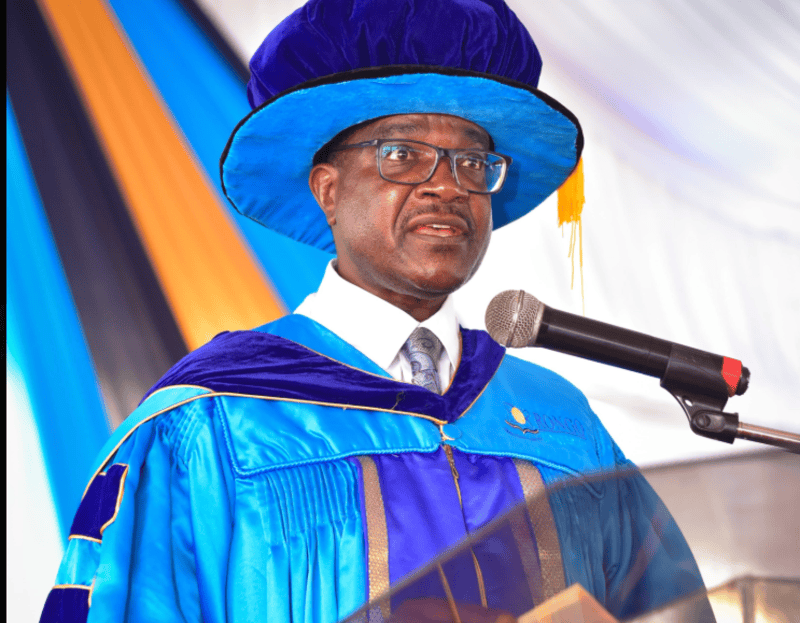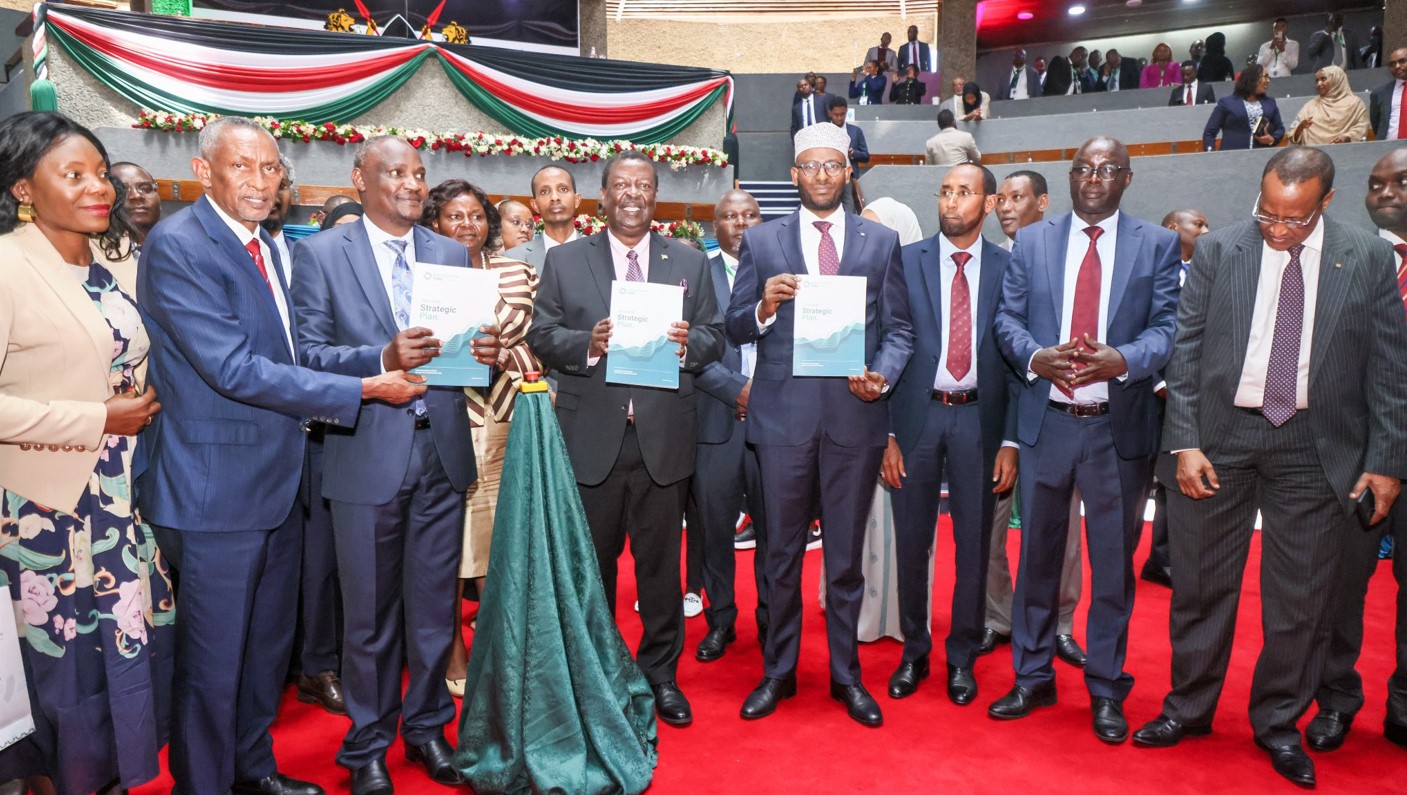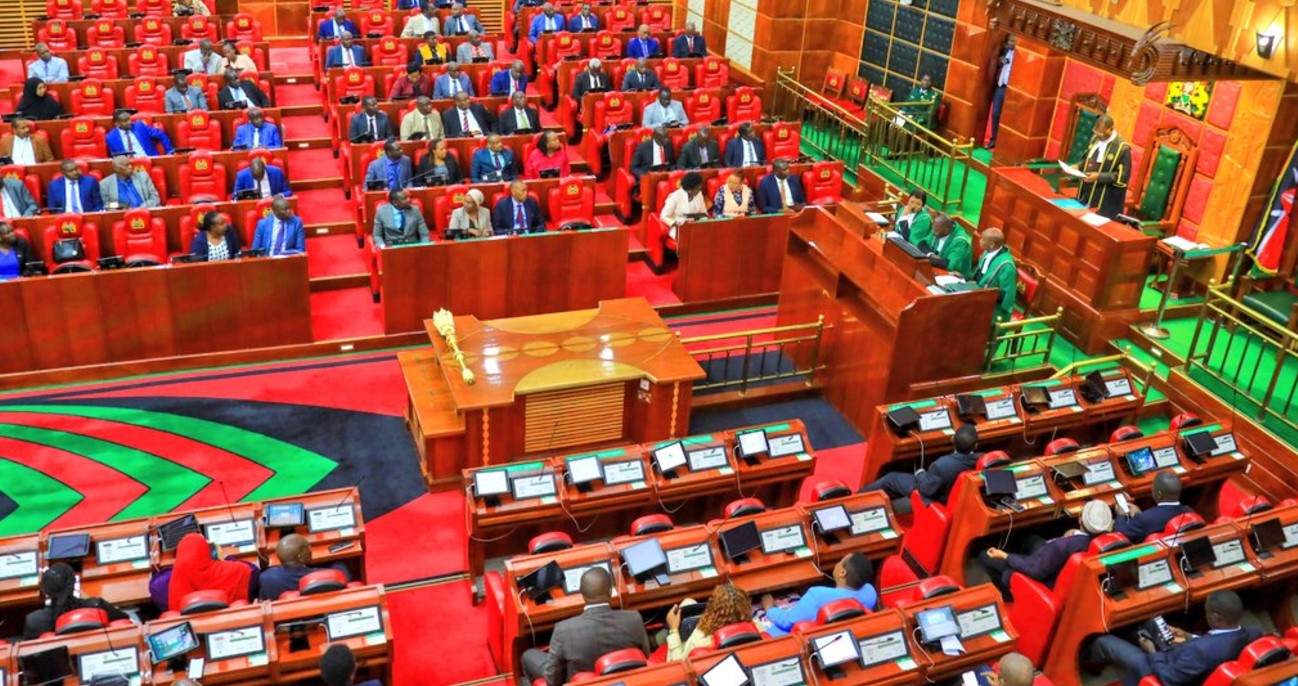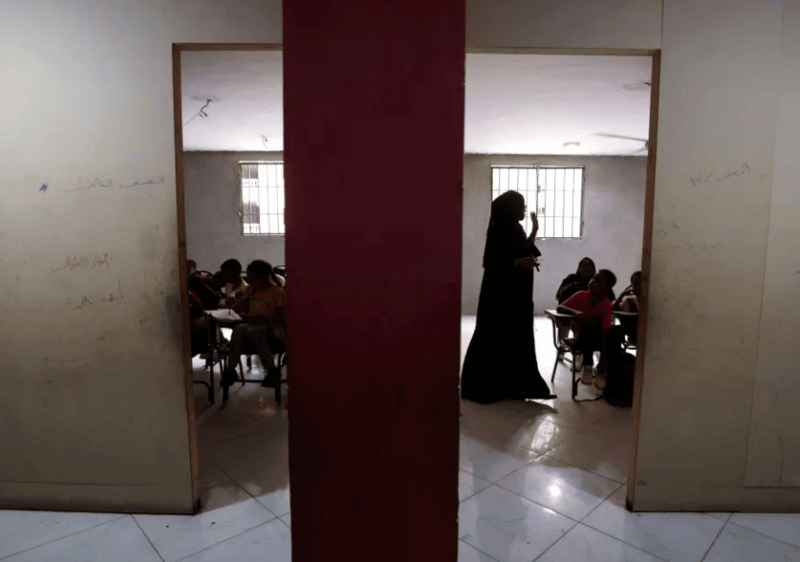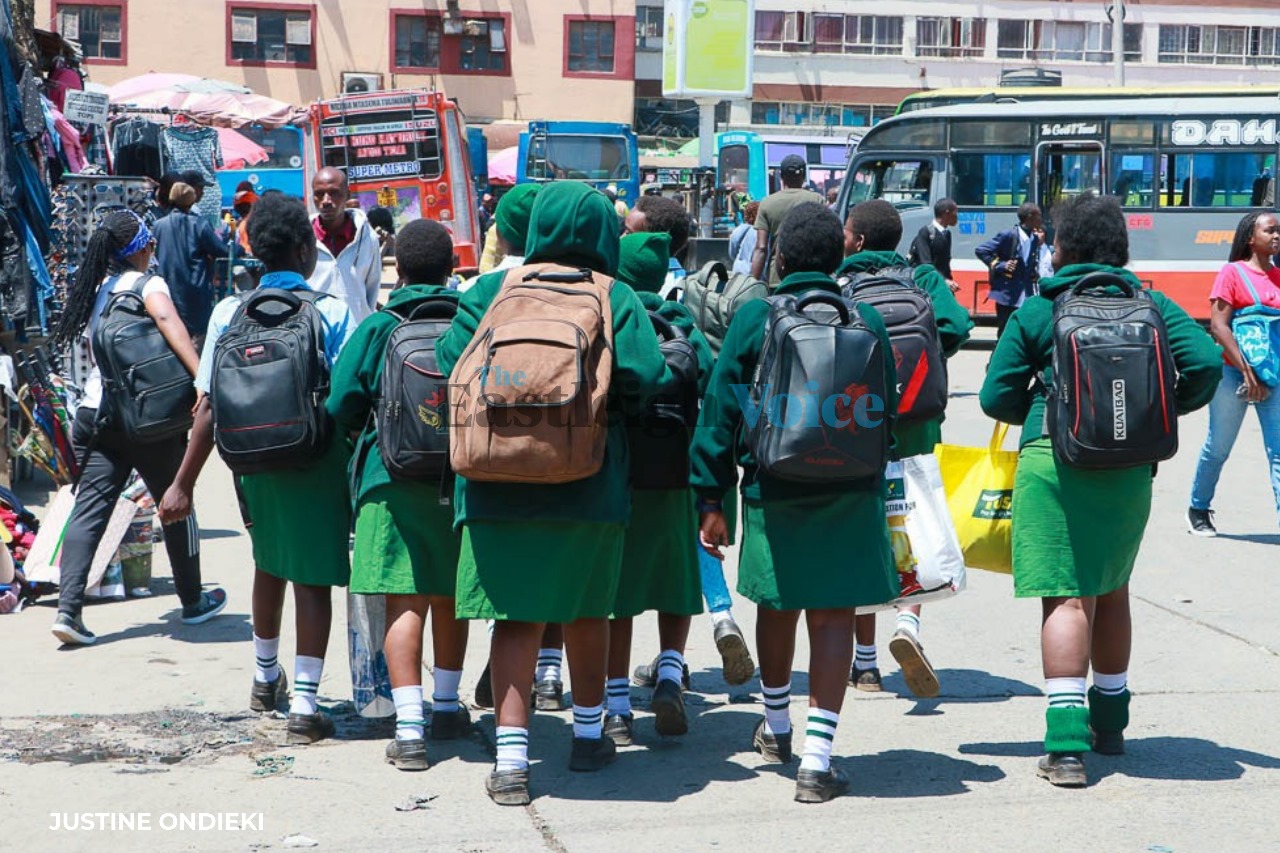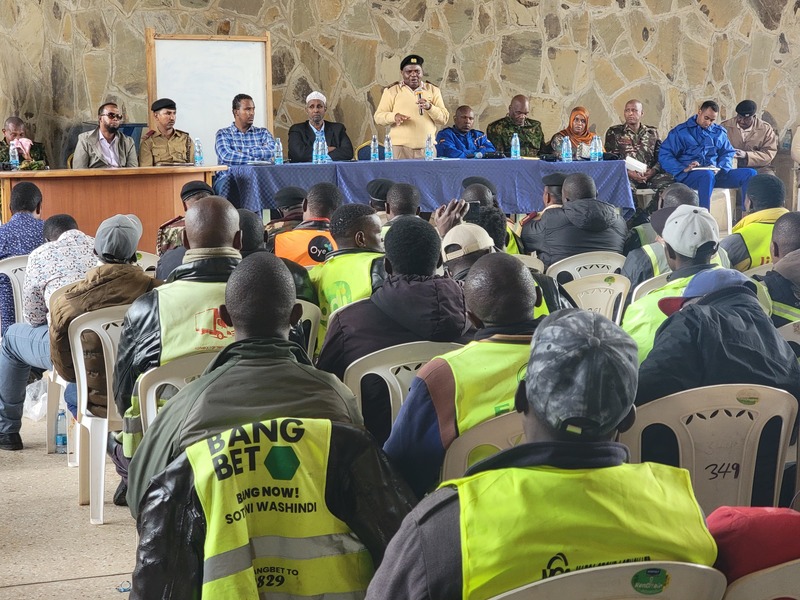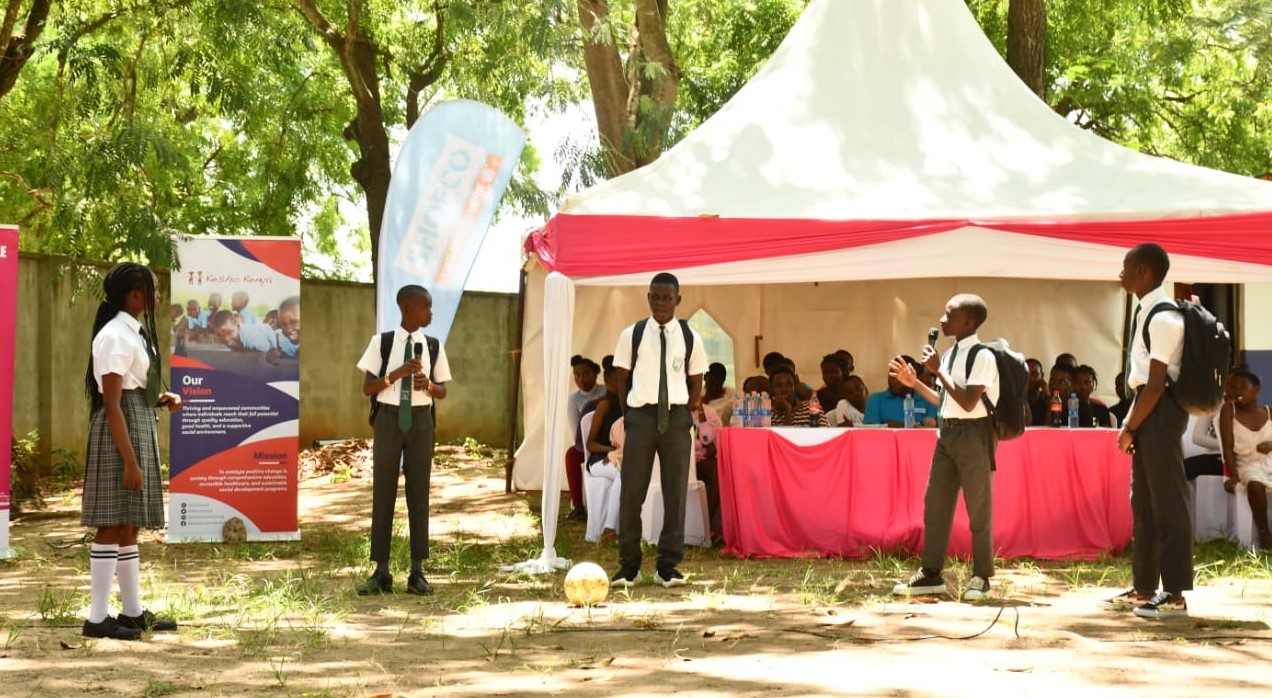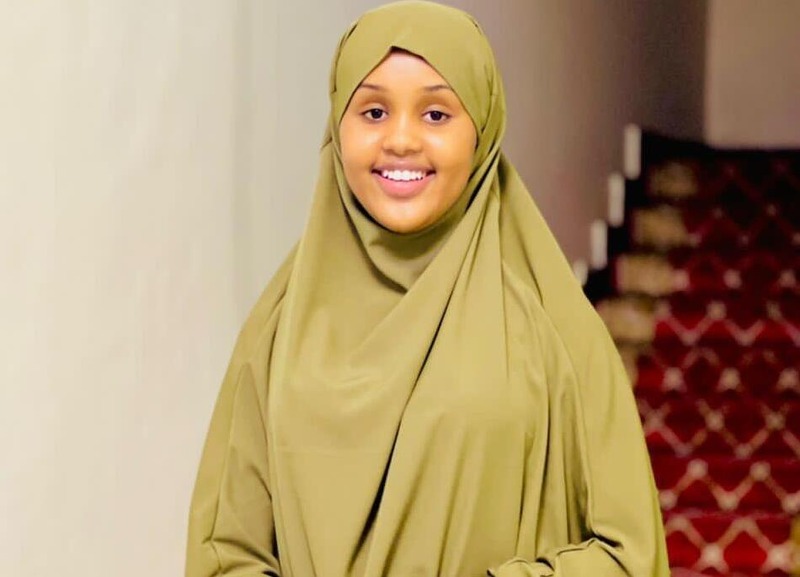How demand for quality education has led to proliferation of private schools
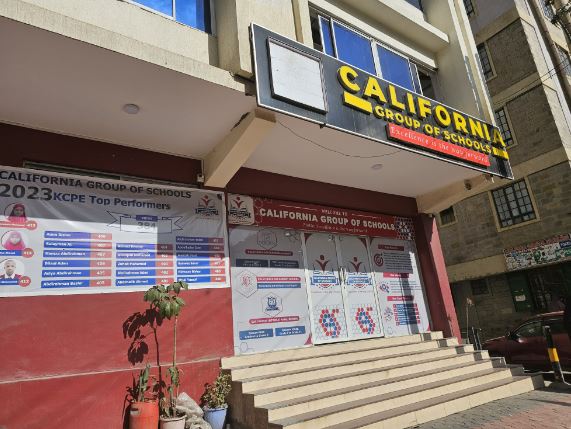
By Amina Bonaya |
With a population of over 250,000 people, Kamukunji Constituency is one of the most densely populated urban centres in Nairobi, but with less than 30 public schools
As one navigates through Nairobi, it is hard to miss the conspicuous proliferation of private learning institutions within residential neighbourhoods.
With a population of more than five million people, Nairobi has 286 public schools — 205 primary schools and 81 secondary schools. About half of the pupils in Nairobi County attend private schools, despite the introduction of free primary education 21 years ago.
Keep reading
This phenomenon rouses curiosity about the evolution of Kenya’s capital city, once dotted with designated educational zones boasting expansive playing fields and ample space for extracurricular activities.
The surge in private schools raises the question of whether these institutions meet the requirements set by the Ministry of Education for their establishment.
Eastleigh, which is in Kamukunji Constituency, has not been left out in the quick rise in the number of private schools within estates in Nairobi. It is hard not to notice the increasing number of these private learning institutions amidst many residential apartment blocks and commercial buildings.
With a population of more than 250,000 people, Kamukunji Constituency is one of the most densely populated urban centres in Nairobi. Yet it has less than 30 public schools to cater to its ever-growing population.
According to the Kenya National Bureau of Statistics, the number of private primary schools grew by 773 per cent between 2003 and 2017, compared to a growth of only 33 per cent for public primary schools during the same period, the number of private secondary schools grew by 216 per cent compared to 154 per cent for public schools.
Official records reveal an enormous surge in the number of private schools nationwide, from 7,742 in 2014 to 16,594 in recent years, reflecting an acute demand for alternative education avenues.
This has been propelled by factors such as the growing population, demand for quality education and scarcity of land to build schools. The roots of this educational revolution can be traced back to the education reforms of 2003, when enrolment in public schools soared by 1.3 million new pupils in one year alone.
A massive influx of students into public schools, the resultant overcrowding and declining education standards paved the way for private institutions to emerge as viable alternatives.
The UNESCO Institute for Statistics estimates that over a million children in Kenya who should be in school remain at home. This is despite the government's implementation of free primary education more than two decades ago. The situation underscores the urgent need to address education gaps in the country. It also brings focus to the pivotal role played by private schools in bridging educational disparities.
Registration guidelines
In pursuit of quality education, the Ministry of Education has set up guidelines to govern how private schools are registered. For example, the ministry requires that private schools must have independent, segregated entry and exit points to ensure that learning activities are not affected by other activities in their immediate environs.
The schools should also give details on the qualifications of teachers and the physical conditions of their institutions, among others.
To ensure adherence to its guidelines, the ministry closely monitors the establishment and operation of private schools in residential areas by conducting random inspections and making license renewals every five years to ensure compliance with quality standards and safeguard the interests of students and communities.
One of the reasons for the upsurge in the number of private schools in Kamukunji Constituency is the demand for integrated quality Islamic education, besides public schools being insufficient.
At the same time, the area is home to countless migrant Somali families, some of whom have migrated from Western nations to Kenya in search of integrated education institutions that offer the Islamic curriculum alongside secular education. One such institution is the California Group of Schools, situated in Eastleigh.
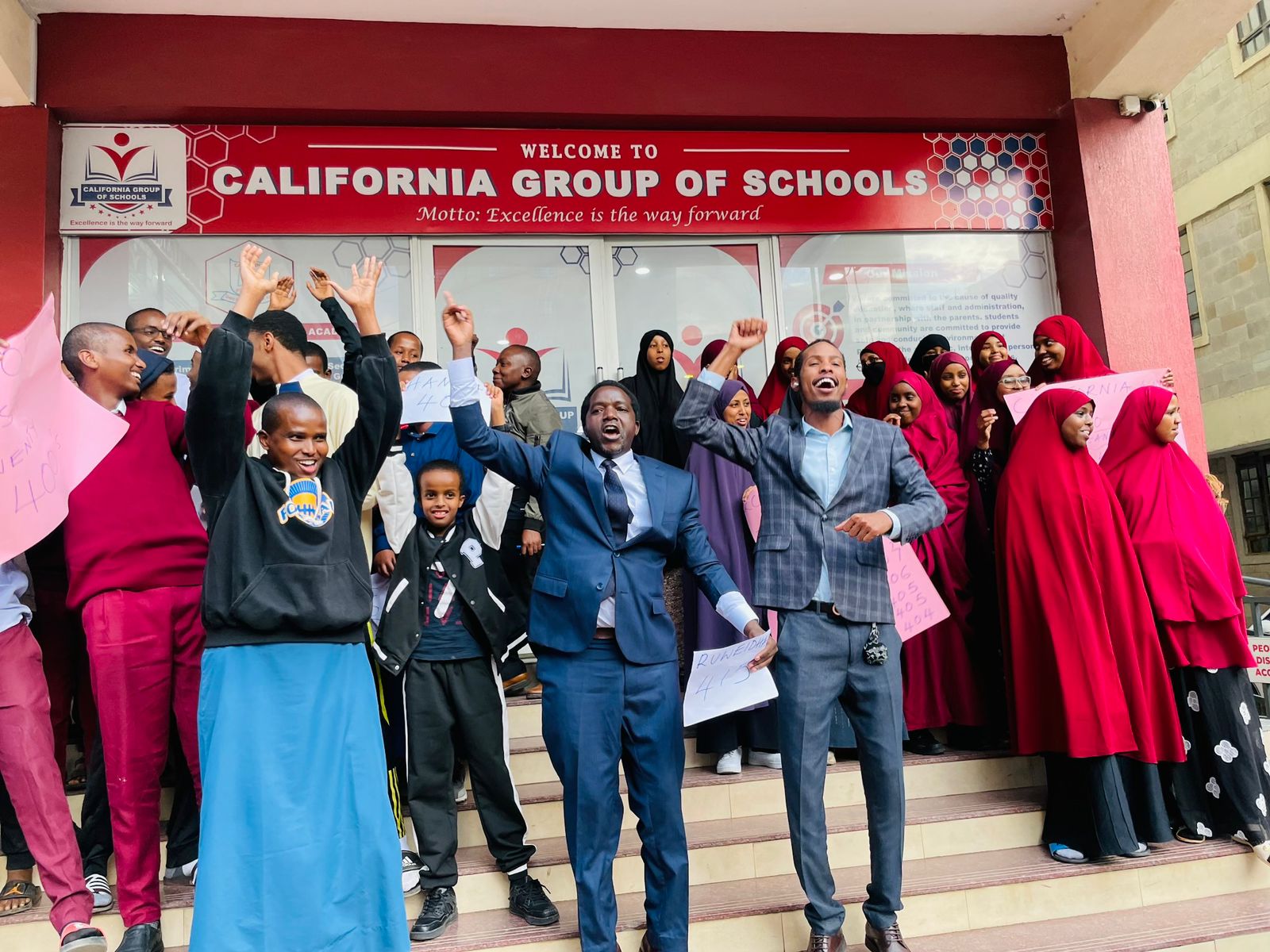 Pupils and teachers of California Group of Schools celebrating the good 2023 KCPE results. (File)
Pupils and teachers of California Group of Schools celebrating the good 2023 KCPE results. (File)
Nestled within the community, the private school was started in 2010 with only 65 learners and it has grown into a thriving educational institution with over 1,300 students currently. The school offers national and international curricula that are integrated with Islamic studies at both primary and high school levels.
Islamic curriculum
As one of the driving forces behind the surge in private schools, the growing demand for quality integrated education with a focus on the Islamic curriculum has seen parents increasingly prioritising their children's academic success alongside their Islamic religious studies. Many are turning to private institutions, such as the California Group of Schools in search of a balance between Islamic and secular education.
In interviews with The Eastleigh Voice, parents called for the integration of aspects such as Islamic values and religious studies in public schools. With such concerns, private schools are seen as the preferred choice for parents who want a more balanced learning environment for their children. For parents whose children are in private schools, Islamic religious integration is a strong motivation, with proximity to schools being a priority.
"I enrolled my children in the California Group of schools because they offer (madrasa) Islamic curriculum integrated within the secular curriculum. I believe it offers superior integrated education as opposed to public schools,” said Mariam Saleh, a parent residing in California in Eastleigh.
Ahmed Abdullahi, the administrator of the California Group of Schools, expressed optimism about the future of private integrated schools.
"At the beginning of this year, we received about 2,000 applications, yet we only had 400 slots available for students. Given that the number is expected to grow, it is important for the government to partner with private schools,” Ahmed said.
Emmanuel Manyasa, an education expert at Usawa Agenda, a non-profit organisation, said there is an undeniable need for private and public partnerships in the education sector.
His organisation uses citizen-led assessment methodology to conduct large-scale surveys of the learning levels of children in Kenya, with the findings being used for the improvement of the education sector.
“While private schools serve as vital pillars of the education system, complementing government efforts in expanding access to education, there is a growing recognition of the need for collaborative partnerships between the public and private sectors. Such synergies can enhance resource mobilisation, infrastructure development, and curriculum enrichment, ultimately benefiting students and communities alike,” Manyasa said.
“As the educational landscape continues to evolve, it is imperative to prioritise quality, inclusivity and innovation in education provision. Whether public or private, schools must uphold rigorous standards of excellence, equipping students with the knowledge, skills and values necessary for success in an ever-changing world.”
Speaking in 2022 while officially opening Komarock South Primary School in Nairobi, President William Ruto acknowledged that there is a big challenge in accessing public schools in Nairobi as the city’s population continues to rise. He noted that most schools are congested, and promised that his administration would build more public schools to boost education, in response to growing concerns.
Reader comments
Follow Us and Stay Connected!
We'd love for you to join our community and stay updated with our latest stories and updates. Follow us on our social media channels and be part of the conversation!
Let's stay connected and keep the dialogue going!

